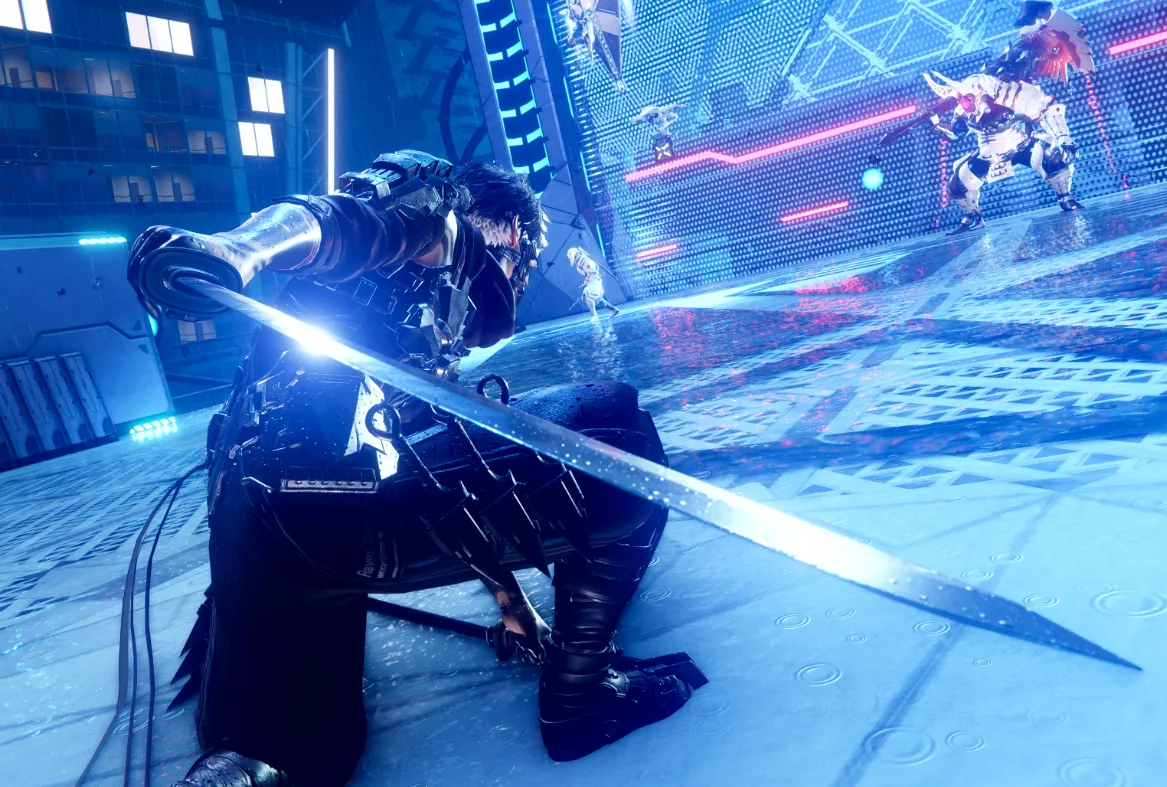Ninja Gaiden 4 is a return to tightly paced action. It is not an open-world game. Instead of map icons and free roaming, the campaign moves through handcrafted stages designed to funnel you into fights, platforming sequences, and boss encounters. The structure favors precision and momentum over breadth, and it’s built for players who want combat without the downtime.
If you’re looking for official details on editions and upcoming content, the Ninja Gaiden 4 page from Team Ninja outlines the base release, a Deluxe Edition, and named DLC.
World design (and what “not open world” means here)
The game is organized into discrete stages rather than a continuous overworld. Each stage strings together combat arenas and short traversal segments, typically culminating in a major boss. You push forward, clear encounters, and move on; there’s no hub city, no open region to crisscross, and no checklist of sidequests.
There are occasional offshoots and small side paths. These let you grab bonuses or optional challenges before rejoining the main route. They’re diversions, not alternate paths through a larger zone, and they exist to support the core loop instead of widening it.
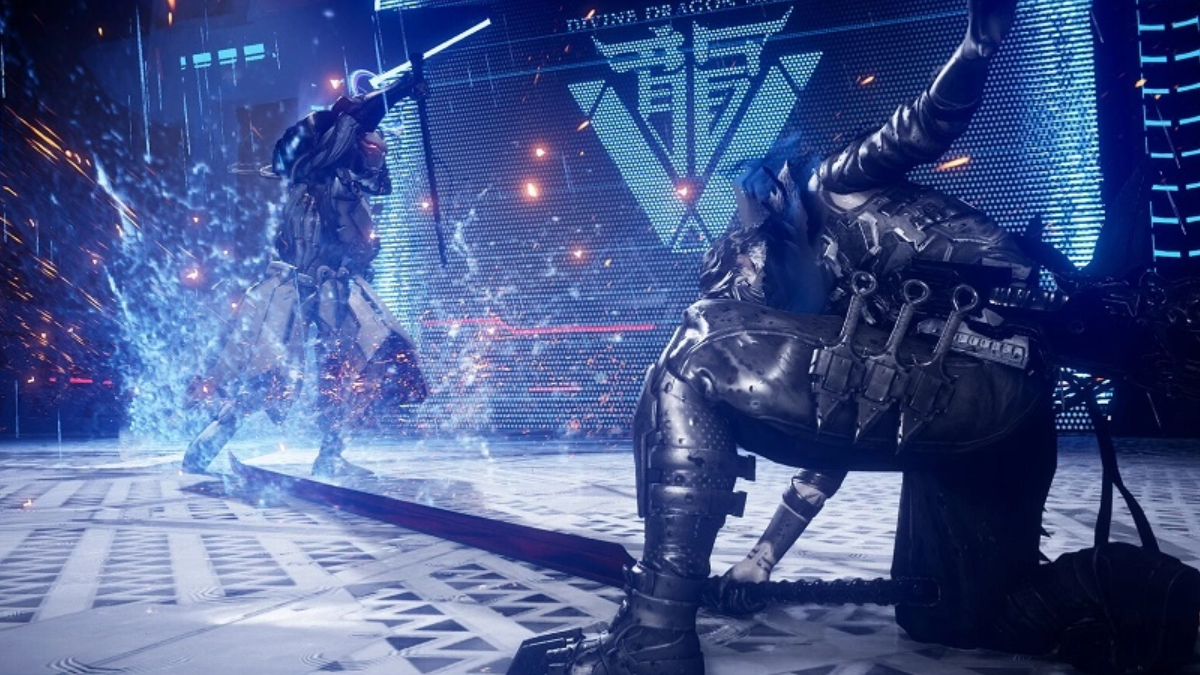
How progression works across stages
Progress is linear and cadence-driven. As you advance, you unlock new weapons, fresh attack abilities, and weapon-specific bonus techniques for the protagonist. The rhythm is clear: tackle a run of levels, defeat a boss, gain new tools, and apply those tools in the next set of encounters. That steady drip of capability shapes how you approach enemies without sending you off to grind or wander for upgrades.
Because the design is stage-based, new mechanics tend to arrive in contexts built to teach them quickly. Short platforming stretches and combat setups highlight a weapon’s strengths, then escalate to multi-enemy gauntlets and bosses that test your mastery.
Exploration and backtracking
Exploration is light-touch. You’ll see brief forks that hide pickups or optional fights, but the game rarely asks you to retread large areas or backtrack through previously cleared stages. The focus stays on forward momentum—learn a pattern, execute, move to the next challenge—rather than on navigating or re-navigating a large space.
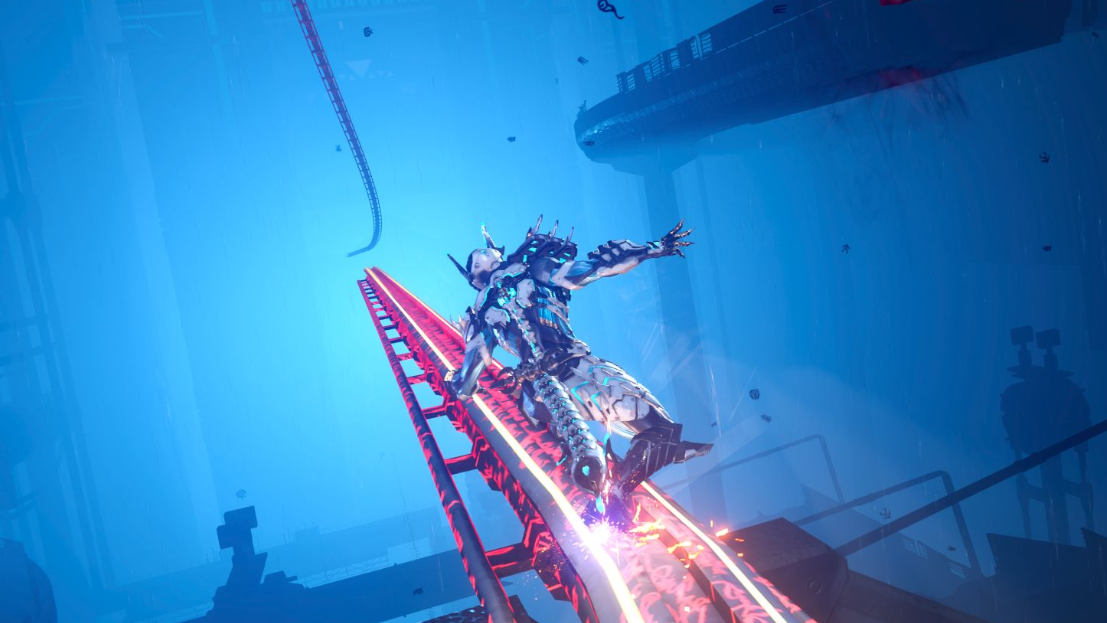
Playable characters and how they slot into the campaign
The campaign centers on a new protagonist, with sections that also let you step into Ryu Hayabusa’s shoes. Each character has a distinct feel and skill set, and those swaps are framed to refresh the combat without upending the linear flow. Cosmetic options for Ryu and future content are also noted on the official page, signaling ongoing support alongside the main story.
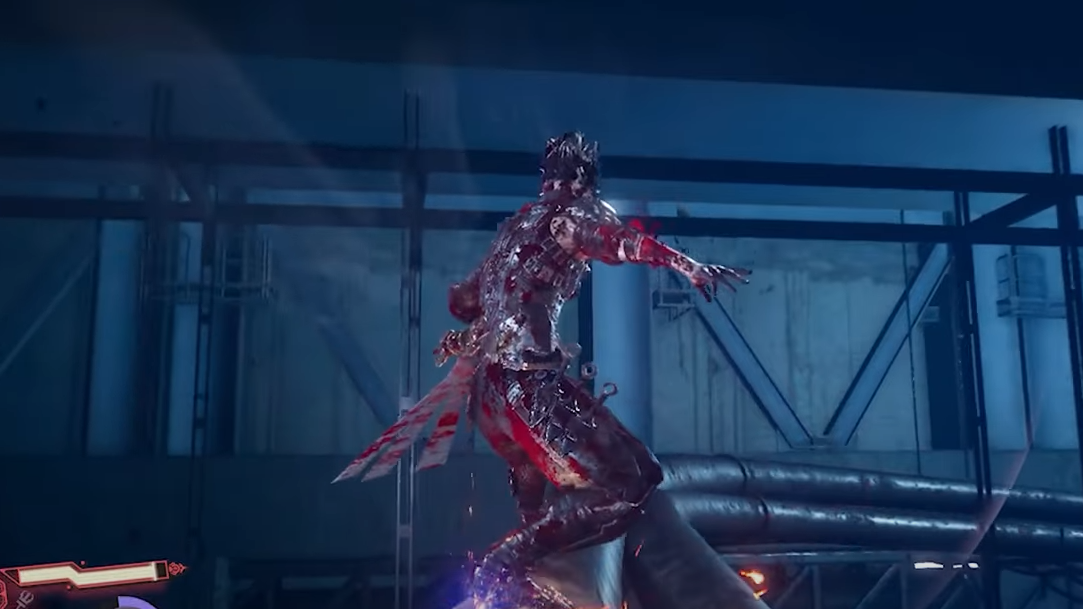
Multiplayer, co-op, and modes
This installment is built as a single-player action game. There is no multiplayer or co-op mode. Instead, replay value comes from a range of difficulty options and a training mode that lets you drill moves and routes before chasing higher-rank clears on subsequent runs.
Why a linear structure fits Ninja Gaiden 4
Open worlds thrive on downtime—exploration, sidequests, traversal systems that stretch between objectives. Ninja Gaiden’s identity leans the other way. Its combat is fast, technical, and punishing, and it benefits from levels that set the pace, introduce enemy compositions deliberately, and cut out filler. By staying linear, Ninja Gaiden 4 concentrates on:
- Short time to action: encounters start quickly with minimal setup.
- Curated escalation: enemy mixes and boss designs ramp skill checks cleanly.
- Clear tool onboarding: new weapons and abilities arrive with scenarios that teach their use.
- Low friction replays: difficulty climbs and route optimization shine without traversal overhead.
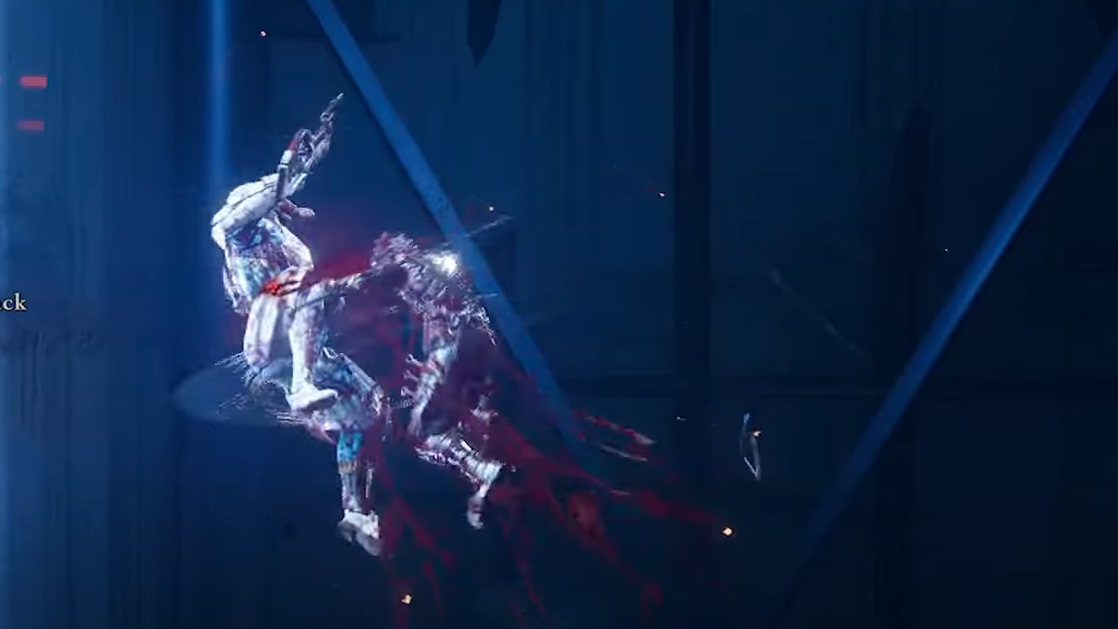
Quick reference: how Ninja Gaiden 4 handles common open-world expectations
| Area | Approach in Ninja Gaiden 4 |
|---|---|
| World layout | Linear, stage-based campaign; no open-world regions |
| Exploration | Short, optional detours for items/challenges; no free-roam loops |
| Progression cadence | New weapons and abilities unlock as you clear stages and bosses |
| Playable characters | New lead character, with select segments as Ryu Hayabusa |
| Multiplayer | No co-op or competitive modes; single-player only |
| Modes and difficulty | Multiple difficulty settings plus a training mode |
| Campaign scope | Fixed set of stages built around combat encounters and bosses |
Platform context and where to start
The game is available on current consoles and PC, and it plays like a modernized throwback: sharp combat, pared-back structure, and fast level restarts when you fail. If you care most about long-form exploration and player-led discovery, this design won’t scratch that itch. If you want a concentrated action campaign you can replay at higher difficulties, it’s built for that.
If you’re choosing between editions or looking ahead to DLC, start with the official page for current offerings and add-ons. Beyond that, the best preparation is simple: pick a difficulty that lets you learn, use training mode to internalize your bread-and-butter strings, and expect the campaign to test those fundamentals rather than send you on a grand tour of a massive map.

